Rob Stallard led a circular walk round Blewbury, Blewburton Hill and Aston Upthorpe on Wednesday 16 February. It was a mild but windy morning, initially sunny but gradually clouding over, with drizzle for the final section of the walk. Before starting out from the car park of the Red Lion pub at Blewbury, Rob gave the group an introduction to the history of the village. It is one of a chain of settlements which lie on the spring line, where a layer of impermeable Clay lies below the Chalk. The village dates back to Saxon times and has many attractive old cottages. A thatched cob wall runs along one side of the car park. First stop was the village church. Snowdrops, Yellow Aconites, Primroses and Crocuses were in flower in the churchyard. Parts of the current building date back to Norman times, but it stands on the site of an earlier Saxon church which was mentioned in the Domesday Book. On the north-east side of the nave, an intricately carved old wooden door hides stone steps which would have led up to a rood loft. Continuing through the village, the route crossed several crystal-clear streams which emerge from the Chalk at a constant temperature of about 10C. Flowering Lesser Celandine and Soft Shield-fern were seen on the bank above one of the streams, with the leaves of Water-cress and Fool’s Water-cress in the water below. Leaving the village, the walk continued along a track which led eastwards towards Blewburton Hill. Skylarks were singing loudly and two Hares were spotted out in the open in the middle of a big cereal field. A Dunnock perched on the wire fence at the side of the track. The path continued along the southern side of Blewburton Hill and here a stand of Hemlock was beginning to show its leaves. It is an outlier of the Chalk and the ramparts and ditches of an ancient hill fort encircle its upper section. The southern side of the hill has not been grazed recently. Carline Thistle was abundant and Knapweed was also noted. Cherry Plum was in flower in the hedge beside the path. Its characteristic reflexed sepals were inspected. The track dropped down to the village of Aston Upthorpe, which had more attractive old cottages, a spring and a small early Norman church. Flowering Feverfew and Pellitory-of-the wall were noted at the base of an old brick wall. Leaving the village by the Hagbourne Road, the walk continued along the side of an avenue of tall Pines. Rooks called noisily from the rookery in the tops of the trees and were joined in the field on the other side of the road by a few Jackdaws. The view extended northwards across the flat clay vale towards Wittenham Clumps, which lies on another outlier of the Chalk. The next footpath climbed back up towards Blewburton Hill, with the wind increasing steadily and light rain beginning to fall. The route led round the ramparts on the west side of the hill. A small flock of sheep were grazing at the top of the hill and a Meadow Pipit flew up. A pair of Stonechats were seen near the farm at the start of the track. Returning to the village, a Collared Dove called from a rooftop aerial and the characteristic rattling call of a Mistle Thrush was heard coming from a small field with big Lime trees which were dotted with clumps of Mistletoe. The return walk to the Red Lion followed a different route through the village, giving the group the opportunity to enjoy more old cottages and the Cleve which is a small lake where Water-cress was once harvested. Since the pub did not open until later in the day, most of the group then went on to the Bull at Streatley for lunch.
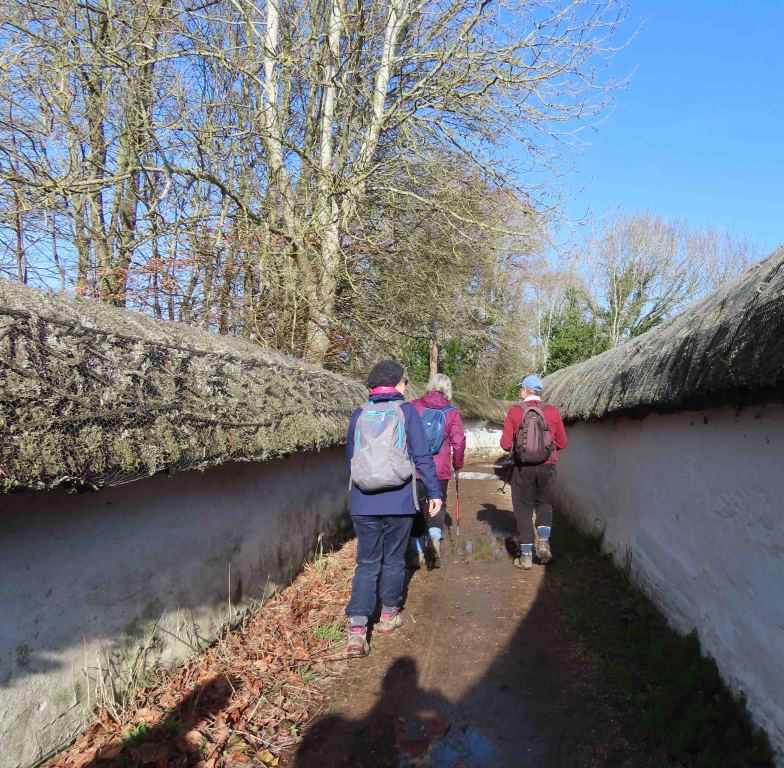
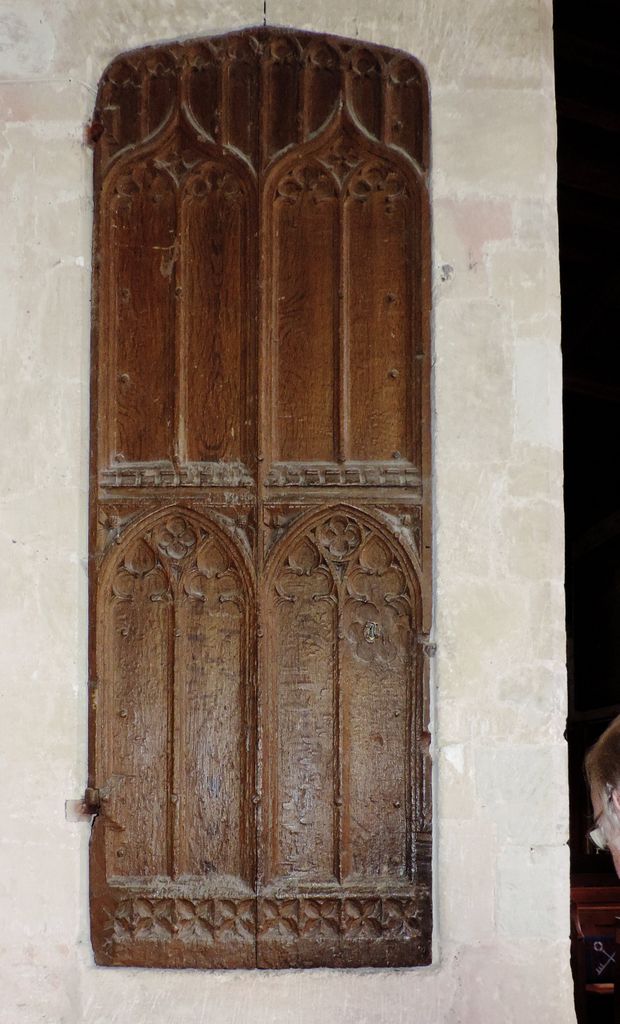
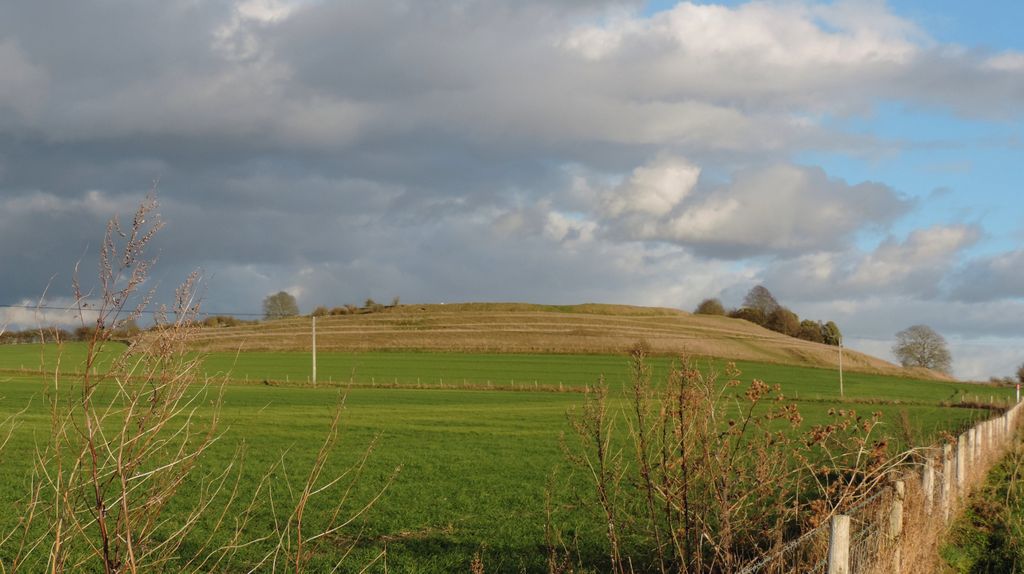
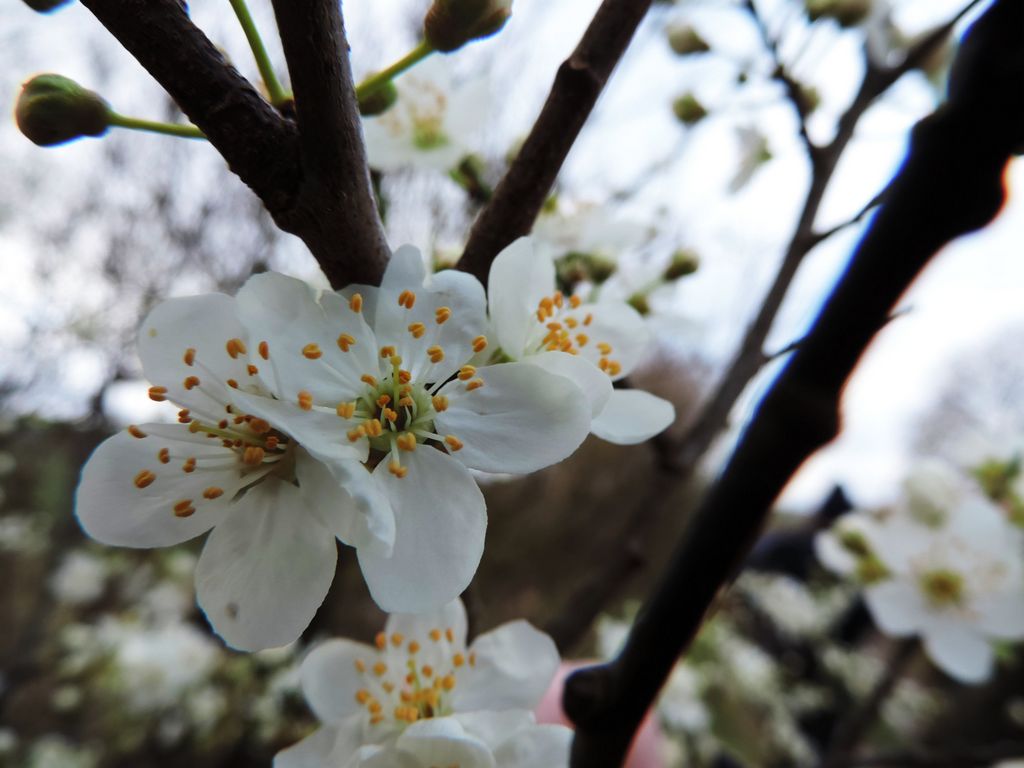
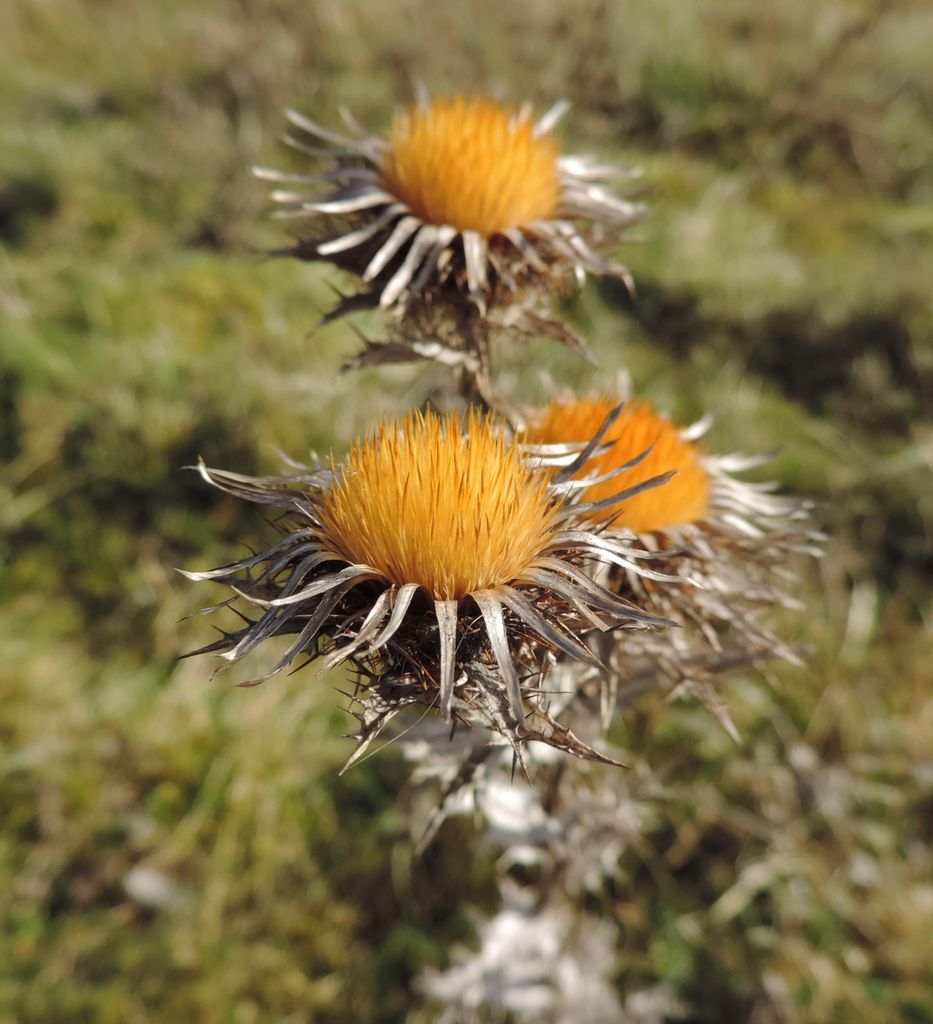
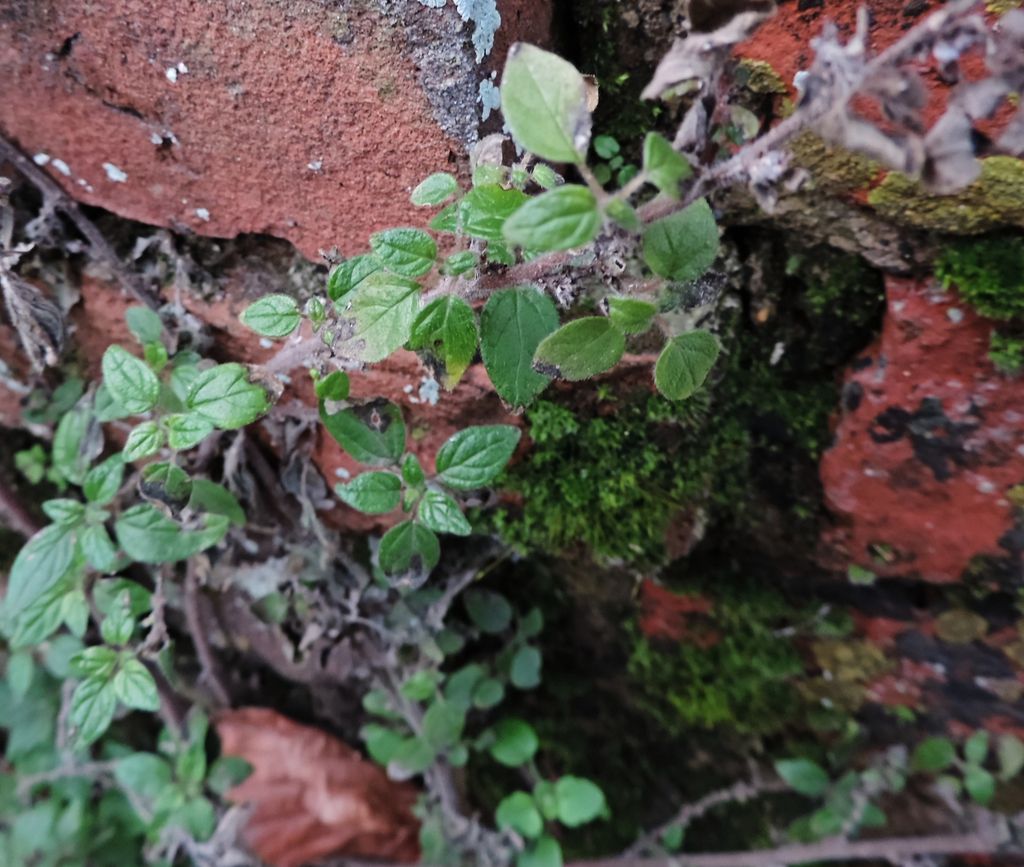
Pictures by Rob Stallard and Fiona Brown
